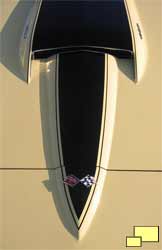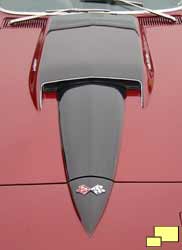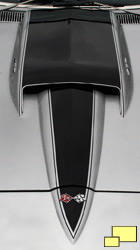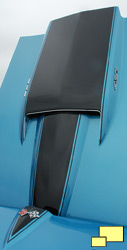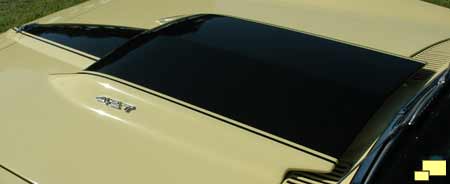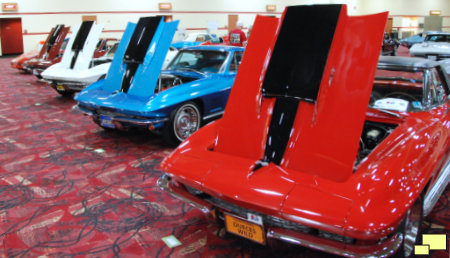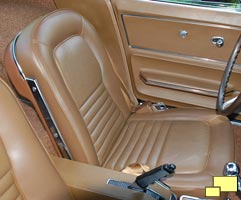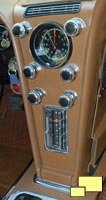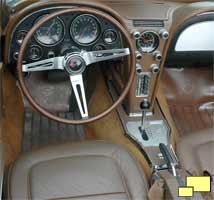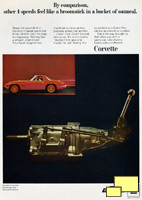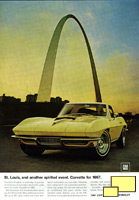Corvette Generations:
C1 C2 C3 C4 C5 C6 C7 C8
Corvette: Year by Year
1953 1954 1955 1956 1957 1958 1959 1960 1961 1962 19631964 1965 1966 1967 1968 1969 1970 1971 1972 1973 1974
1975 1976 1977 1978 1979 1980 1981 1982 1983 1984 1985
1986 1987 1988 1989 1990 1991 1992 1993 1994 1995 1996
1997 1998 1999 2000 2001 2002 2003 2004 2005 2006 2007
2008 2009 2010 2011 2012 2013 2014 2015 2016 2017 2018
2019 2020 2021 2022 2023 2024 2025
1967 Corvette Stinger Big Block Hood
Below Right: A Corvette Stingray equipped with an automatic transmission was a bit of a rarity in 1967 and most of the other mid-year models. Only about 10% were so equipped, which says a lot about the buyers and their cars.
There were some changes in the 1967 Corvette Stingray interior, including the movement of the emergency brake to the center console between the passengers. Previously it was located under the dashboard and accessible only to the driver. The change moved the Corvette Stingray closer towards its sports car intentions.
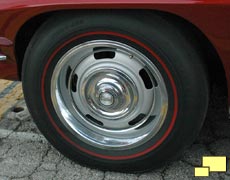 Rally (sometimes known as "Rallye") wheels made their debut on the 1967 Corvette Stingray as the standard no cost wheel. They were an immediate success despite their simplicity, being a silver painted steel wheel with a hubcap and a beauty ring. They were available on other Chevrolet models and continued as the standard Corvette wheel until 1977. Shown with Redline tires (RPO QB1, $46.65).
Rally (sometimes known as "Rallye") wheels made their debut on the 1967 Corvette Stingray as the standard no cost wheel. They were an immediate success despite their simplicity, being a silver painted steel wheel with a hubcap and a beauty ring. They were available on other Chevrolet models and continued as the standard Corvette wheel until 1977. Shown with Redline tires (RPO QB1, $46.65).
1967 Corvette StingRay For Sale |
|
|
1967 Triple Black Corvette 350
Price: $0 obo (Trades Considered) Exterior: Black Interior: Black Miles: 0 Location: Martinsburg Click Here for more info |
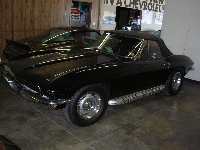
|
|
1967 Black Corvette Convertible Black convertible top, nice black leather interior, 327/350hp motor, 4 speed transmission, factory side pipes (more) |
|

|
|
The End of the Corvette Stingray Era
1967 Corvette Specs
C2 Corvette Stingray Photographs




